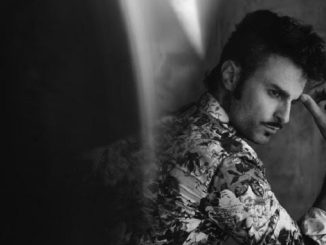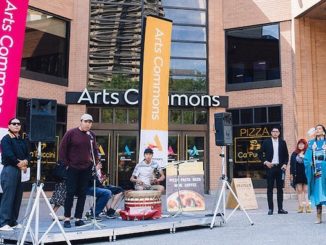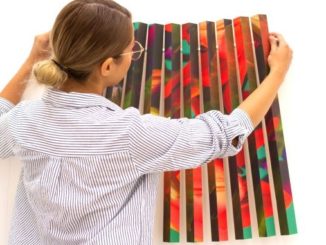Social media platforms have been around for nearly two decades and have grown exponentially since the turn of the century. Alongside their meteoric rise the term “influencer” was thrust into the mainstream consciousness. Influencer culture really started to gain traction around 2016 and has been booming business ever since. By some estimates influencer marketing could be worth as much as ten billion dollars by 2022.
Some influencers with large devoted audiences have been able to turn their online presence into lucrative careers, receiving merchandise, travel expenses, accommodations, and money in return for the content they are creating and sharing with the world. With success comes pressure. Pressure to continue producing meaningful content and pressure to remain relevant in the public eye. Whether due to this pressure, or maybe a simple disregard for plain decency, there are a growing number of prominent influencers earning bad reputations in certain circles.
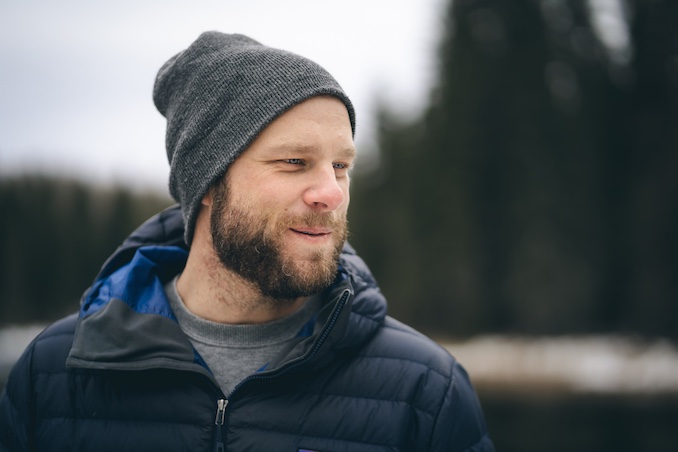
In the outdoor world this “doin’ it for the ‘Gram” philosophy has lead to overpopulated sites and damage and degradation to the natural landscape. In some places the devastation has gotten so out of hand that publications such as Outside Magazine and Beside Media have produced lengthy editorials decrying certain aspects of influencer culture and publicly shaming those that continue to break the rules simply to get that desired shot.
Personally, I have been called an influencer due to my ambassador work with Alberta Parks and Crowfoot Media. Admittedly though, my online followers are but a mere drop in the bucket when compared with those making a living at it. Although I have never been ashamed with the title, it has forced me to be more thoughtful with what I am posting and sharing.
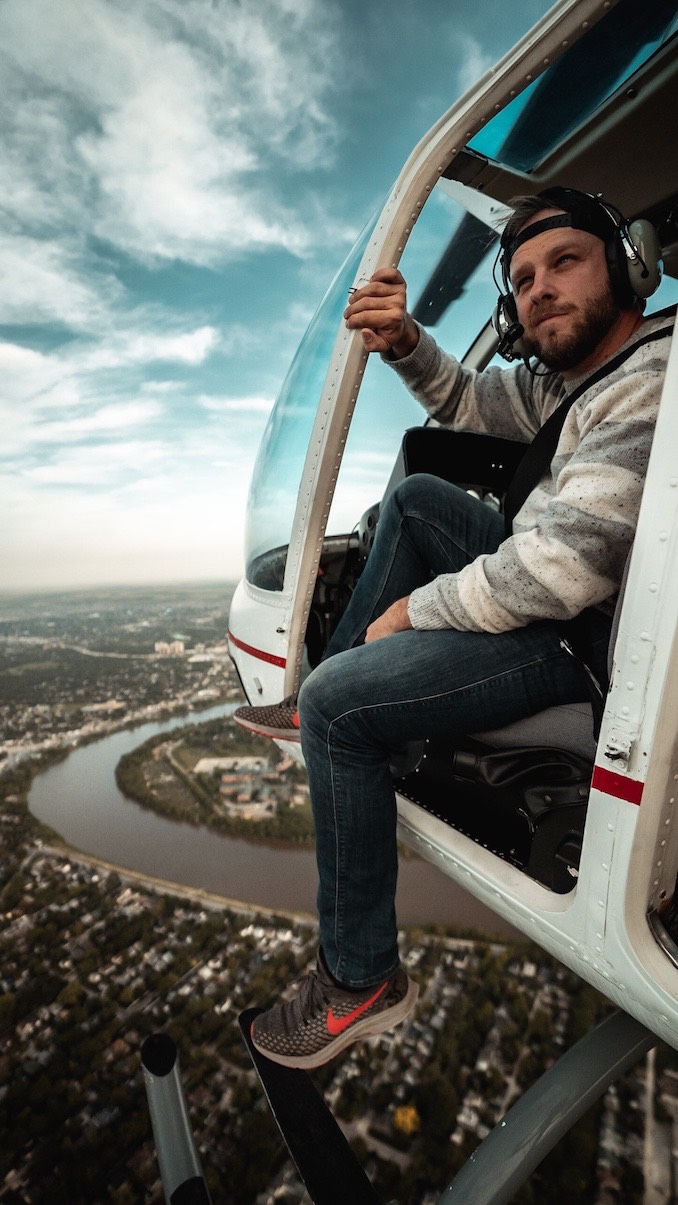
Of course not all influencers are actively trying to destroy nature or are sacrificing their principles for a paycheque. There are many more that create amazing content and truly believe in the messages they are promoting. One such individual is Matt Scobel. Recently I had the pleasure of connecting with Matt to dig deeper into influencer culture and find out what it’s all about. Continue reading for the full interview.
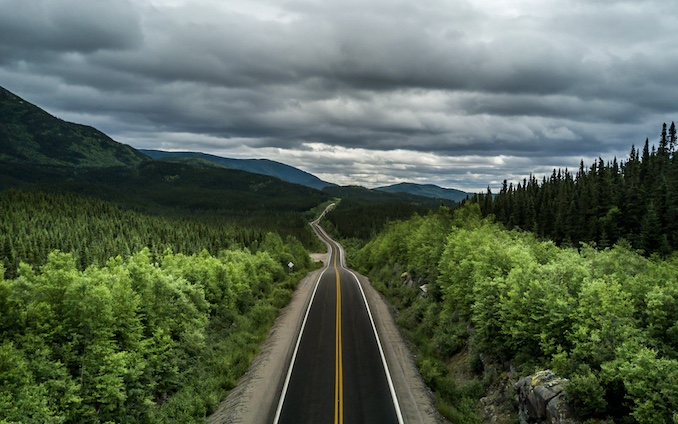
Calgary Guardian: “With one look at your website or social feeds it’s easy to see you’re an incredibly talented photographer with an eye for capturing nature in a unique way. How long have you been a photographer?”
Matt Scobel: “I started photography just under five years ago when I was hired by Canon to run an ‘Innovation Lab’ in Waterloo, Canada. My job was to understand the needs of photographers and videographers and then prototype new products and services. We had access to every Canon camera and lens imaginable. So my life on the weekends involved borrowing gear and learning to shoot. I fell in love with it as a hobby and haven’t put down a camera since!”
CG: “Is photography your full-time job? Does being an influencer help pay the bills?”
MS: “No, it’s actually something I do on the side. I have an amazing job working in the tech industry for an entirely remote based company. This gives me tremendous freedom to pick and choose my photography and videography jobs based on the client, my own interest, and my schedule. I’m able to continue to enjoy this as a hobby and bring in additional income on my own terms.”
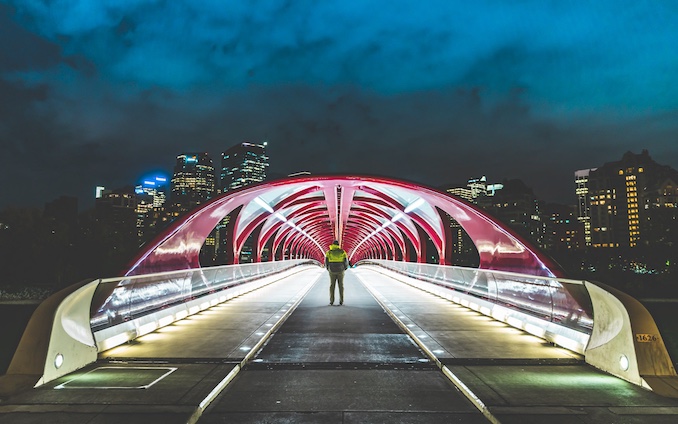
CG: “Would you consider yourself to be an influencer?”
MS: “I really struggle with this term, and have pretty strong feelings on what an ‘influencer’ actually is. I believe there are individuals who have expertise in a particular field that have a lot of ‘influence’ on their audience when it comes to that particular subject. If someone asked me to share my favourite landscape lenses or how to work remotely from the road, I strongly believe I have influence in those areas. But if you want me to endorse a new Audi or talk about the latest craft beer, I’m not sure I’m in a position to influence anything. I think the title starts to lose meaning when people become famous for being an ‘influencer’ not because of their expertise within a particular subject matter.”
CG: “The term ‘influencer’ is a relatively new one that’s basically come about with the popularity of social media. How would you define what an influencer is? What does being an influencer mean to you?”
MS: “I touched on this in my previous answer, but I’ll elaborate here. I believe there’s been a massive shift in the market as brands move their marketing dollars from traditional platforms like TV, Radio, and Magazines to these new social media platforms like Facebook, Instagram, and Twitter. During this transition, brands quickly realized that there were individuals who had an audience that they could engage directly with to promote their brand. It started with brands providing free goods or services in exchange for ‘exposure’, think, a free hotel stay for someone in exchange for a few photos posted on Instagram, and now has fully shifted to brands paying traditional marketing agencies huge budgets to find and pay individual influencers to promote their products or services on their platforms. I believe an ‘influencer’ is anyone who brands are willing to work with to promote their product in exchange for some type of value, such as money, product, or services.”
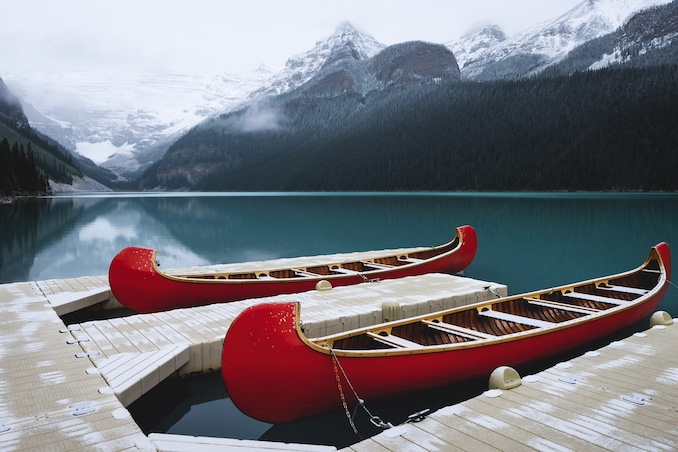
CG: “Do you feel a certain responsibility as an influencer? What does that look like for you?”
MS: “Yes, I absolutely do. Because I don’t rely on this as my full time income, I feel I’m in a much better position to only promote products or services that I’m truly excited about. In fact, most of my income has come from either producing content for other influencers or producing content for the brands directly. I’ve been very selective about promoting products or services directly through my channels. However, if I was in a position where I ‘needed the money’ I can only imagine how difficult these opportunities would be to turn down.”
CG: “Recently, there have been several articles portraying the negative behaviours of influencers who will do whatever it takes to get ‘that shot’. This seems especially true in the world of outdoor photography and adventure. Do you see this being an issue? If so, what do you do to help mitigate these problems?”
MS: “The short answer is, it’s complicated. I believe there have always been people who ‘break the rules’ for their own benefit, we just didn’t have social media to make it visible to the world. How many people before Instagram still camped illegally, got too close to wildlife, or bi-passed a barrier for a better view or picture? This behaviour is not new. However, I think the pressure that influencers put on themselves to continually ‘up their game’ amplifies this behaviour. If you truly see yourself as an ‘Influencer’ then you have to accept that many people will follow your lead. I’ve heard the phrase ‘don’t do it or say it unless you’re comfortable with it being on a billboard’ and I think that’s almost a reality in today’s world of social media. You have to assume that anything you do as a photographer or influencer is going to be documented, judged, and possibly be copied by hundreds of people after you. I don’t think there’s a way to mitigate this behaviour other than continuing to educate our peers on what’s acceptable and unacceptable by providing feedback on their behaviour. I would like to see National Parks, tourism boards, and other organizations dedicate resources on social media to this directly.”
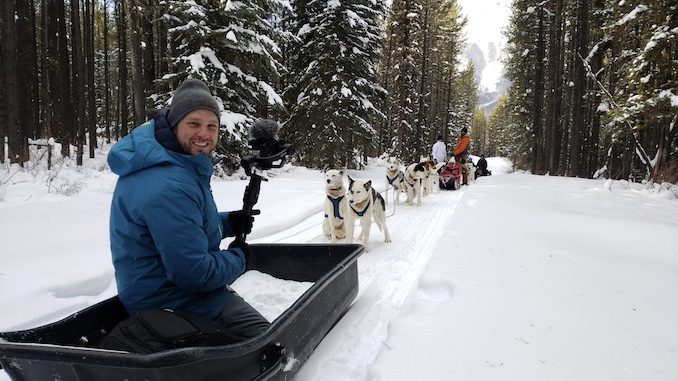
CG: “Leave No Trace has long had their Seven Principles of Outdoor Ethics. Recently, they have added guidelines for Leave No Trace and Social Media. Do you think influencers should be utilizing these guidelines?”
MS: “I think this is a great starting point. The first step is to truly understand that the ‘world is watching’ and be mindful of the impact of your actions. You’re a role model whether you like it or not, and you need to act accordingly. In Alberta, there’s a group of photographers and videographers called the ‘Creator Community‘ who work alongside Travel Alberta. Travel Alberta provides a very detailed list of guidelines for content sharing and requires us to agree to this guide to work within the program. I would love to see more tourist regions and national parks provide these guidelines and work directly with creators and influencers to ‘play within the rules’. I can’t stress enough how important this is especially when working in sensitive areas like national parks and wildlife reserves.”
CG: “What brands/organizations/individuals do you work with?”
MS: “I’ve worked with a pretty wide range of groups on projects. Some paid, and some in exchange for services, like accommodations, event access, products etc. Some of these include tourism organizations here in Banff-Canmore and across Alberta, Saskatchewan, and Manitoba. Tour operators here in Canmore, think dog sledding, snow shoeing, caving, rafting biking etc, clothing brands, travel websites, camera gear brands, and other creators. Everything typically relates back to travel, tourism, adventure, and photography. If you’re interested in who I’m working with, I’m starting to curate my professional content on a new Instagram account @ScobelMedia.”
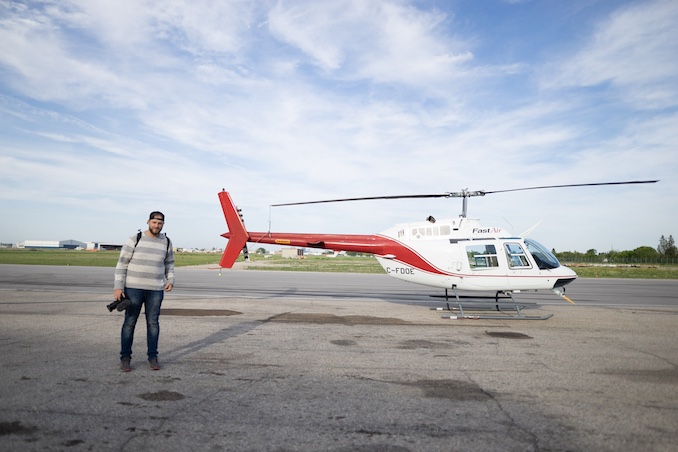
CG: “How do you determine which brands you’ll work with? Do you reach out to them, do they get in contact with you, or is it somewhere in the middle?”
MS: “I’m proactive sometimes and reach out directly to a brands via email or social media, but most of the work I get comes directly through social media, DMs or emails. For me, the criteria is pretty simple. It starts with my first reaction to seeing the message from the brand or organization. If I get excited reading it, then you have my attention. From there it comes down to how much flexibility the brand or organization is giving me for content creation, what they’re able to offer, and how it fits within my schedule. I’m very lucky to be able to make money the least important part of the equation. I’ve worked with brands with zero budget because I loved what they are doing, and I’ve turned down brands with large budgets because I didn’t agree with their message or didn’t think it was applicable to my audience. At the end of the day, I go with my gut.”
CG: “What responsibility, if any, do brands have when implementing an influencer program?”
MS: “Lots! Unfortunately, there are brands that do this really well and brands that cut corners to save time and money. The first responsibility is truly understanding the individuals applying or being recruited to the program to ensure their previous content truly represents the brand. Nothing can be deleted from the internet. Scroll back through feeds and make sure their work-to-date aligns with your values. Second, provide clear guidelines of what’s acceptable and unacceptable in promoting your brand. Set the rules and boundaries. The third, and maybe the most important for me is LET THE CREATOR CREATE. There’s a reason you’re asking this person for help. It’s because they’ve built an audience through their creativity and quality content. Give them the rules and tools but let them be creative. Don’t restrict their work with pre-scripted ideas or boilerplate captions. Their audience can sniff out a lack of authenticity and turn their nose up to the message. In the end, the brand will get less exposure and the content will have less impact because the audience won’t resonate with it. Trust that your influencers know their audience and let them do their job!”
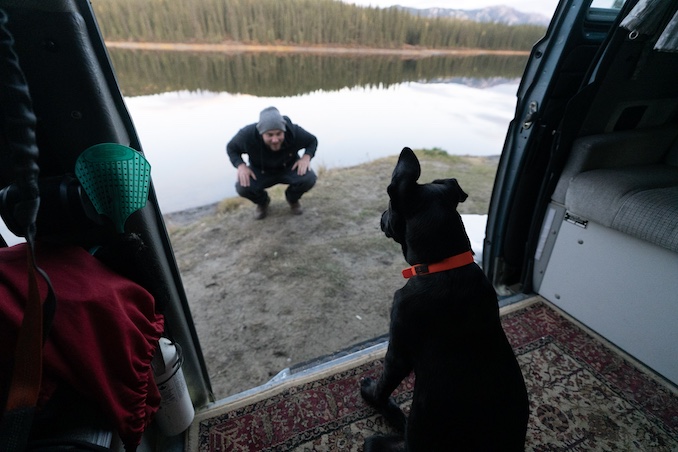
CG: “What’s the best thing about being an influencer?”
MS: “For me the best thing has been taking a hobby that I would gladly do for free and turning it into a chance to see the world and get paid to do it. That’s an absolute dream come true for me. I’ve had the chance to see cities that I may have never visited, travelled to different continents, road trip across Canada, lead photography tours in the mountains, try out new gear, and share my work with thousands of people, and work with other creatives that inspire me to push my skills even further. It’s hard to look back at where I was and what I was doing only a few years ago and imagine that a weekend hobby would take me this far.”
CG: “What’s the most challenging aspect of the influencer role?”
MS: “There’s always a balance between doing authentic work that you truly love as a creator or influencer versus doing work that you either think your audience will love or think brands will love. There’s a narrow line here between art and commerce and it’s incredibly difficult to balance sometimes. You’ve taken a photo you love, but you know it ‘won’t do well on social’ and could impact metrics that brands look at to choose partners. A brand asks you to share a certain photo or caption, but you feel there’s a more authentic way to do it that will resonate with your audience but may make you ‘look difficult’ when push back with the brand. These are the types of questions and decisions that are really challenging for people in this field. This may sound like trivial problems to some people, but when this is your life, your career, and you happen to be the brand, these decisions can be incredibly impactful.”
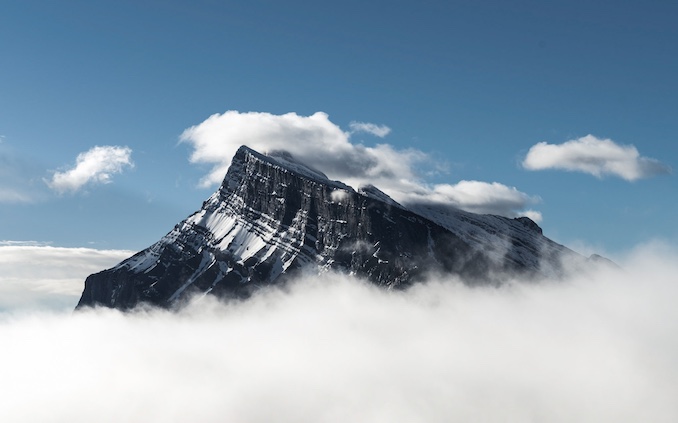
CG: “Is there anything else you’d like to add here that would be important that I may have missed?”
MS: “I started these questions by saying ‘I’m not an influencer’ then giving insight into the world of social media influence. It feels contradictory, but I know that many colleagues struggle with how to handle these labels. Most of the people I work with would call themselves ‘creators’ or ‘creatives’ first. We all started this to create amazing content and along the way found ourselves in a position of being able to receive benefits from the influence that came with our audience. We all struggle to balance our creative side, with the business side and often find ourselves in positions where the answers aren’t black and white. I think it’s important to understand where your passion lies and always pursue those opportunities that make you want to get up in the morning. It sounds cliche, but nobody wants to wake up to find the hobby that you once loved turned into a career that you now hate. Follow your passions, respect your art, and above all else be a good person. Success will find you.”
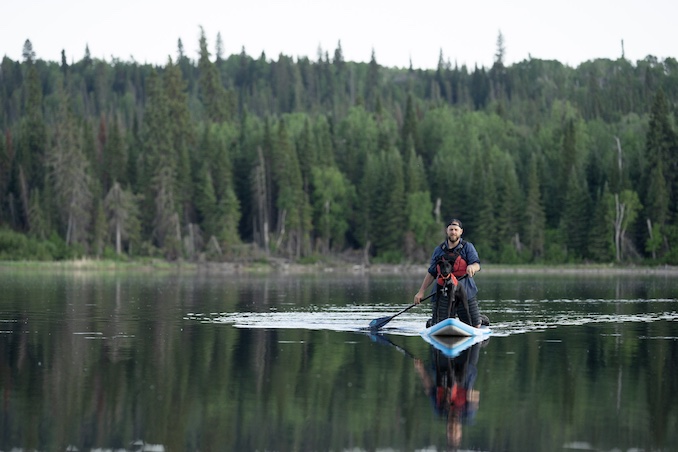
Originally this story was supposed to be called Wild Jobs: Influencer, but after hearing Matt’s responses I changed my mind. Content Creator is much better suited to the type of work that Matt is doing. It also avoids any of the negative connotations that can come with the influencer title. Besides, “creating” is exactly what Matt is doing and he’s damn good at it!
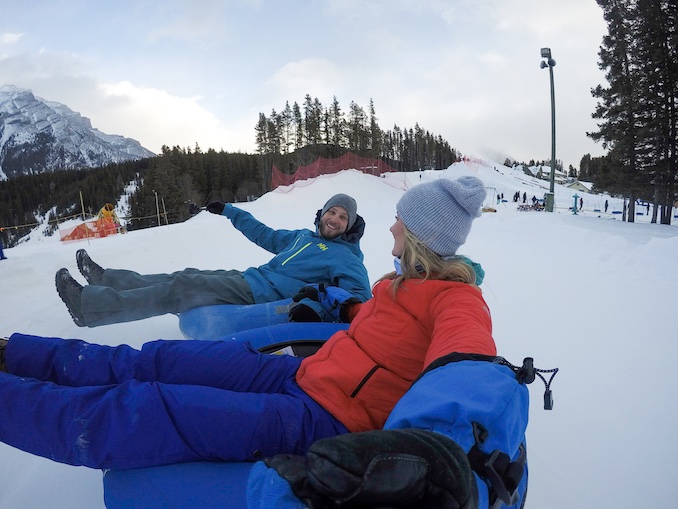
I would like to take this opportunity to thank Matt Scobel for being part of this piece. Your thoughtful responses and honesty around a potentially controversial subject are truly appreciated. Thank you for sharing your input and expertise.
To stay up to date with everything Matt is working on make sure you visit his website. You will also find him on Twitter, YouTube, Instagram, and Facebook. For additional stories about photography, please visit my previous work on Mountain Sports and Wildlife photography.
***
About this column:
Wild Jobs is a running series that focuses on people in outdoor-related professions. It provides a brief snapshot of their career and the duties that it entails. Please see my previous post, Wild Jobs: Public Safety Rescue Specialist to learn more.


